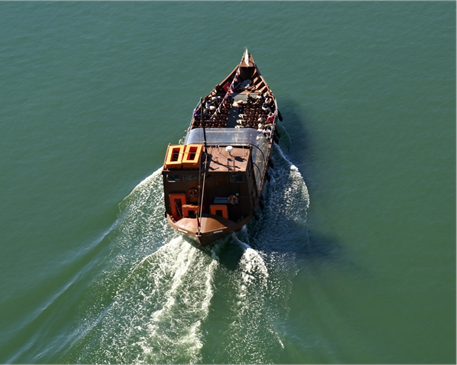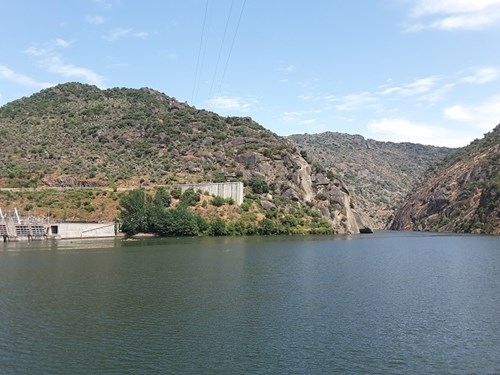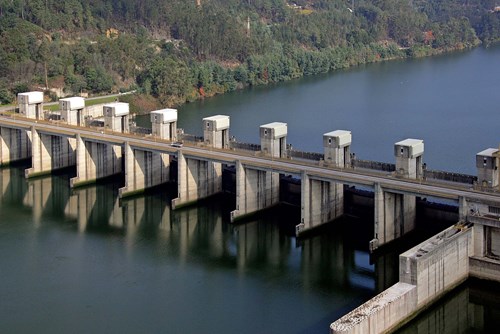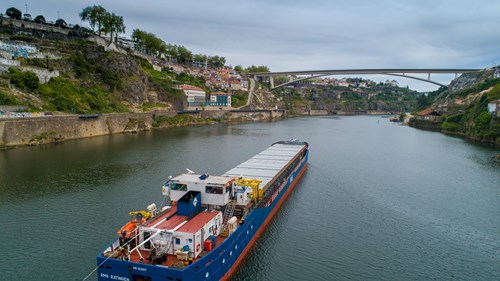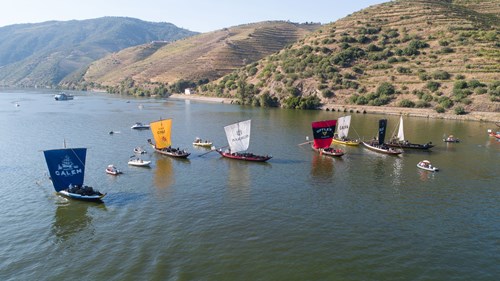Promotional Material
Disponibiliza o novo desdobrável promocional da Via Navegável do Douro, editado pela APDL-VND.
Mapa-resumo da Via Navegável do Douro, com informação simplificada dos cais fluviais, sua localização e serviços neles disponíveis.
Interesting facts
The Douro is considered a commercial waterway with internationl modern characteristics
Since time immemorial, the Douro River has been an important means of communication and transport for the region's products, being the only access route until the end of the last century. Records of the use of this river and a deep knowledge of its course can be found in documents from the Roman occupation period.
The history of the Douro region reflects the evolution of vessels and transport on this river: from the granting of ferry boats, to the cork rafts that floated down the river loaded with goods for Porto, to the muleteers (a hundred of them, with their regiment in the Lamego Chamber in the 16th century).
Until 1887, when the railway line was completed, the river was the only route used.
In the last century, according to a contemporary writer, "neither cart roads nor horse trails allowed uninterrupted travel along these steep riverbanks."


